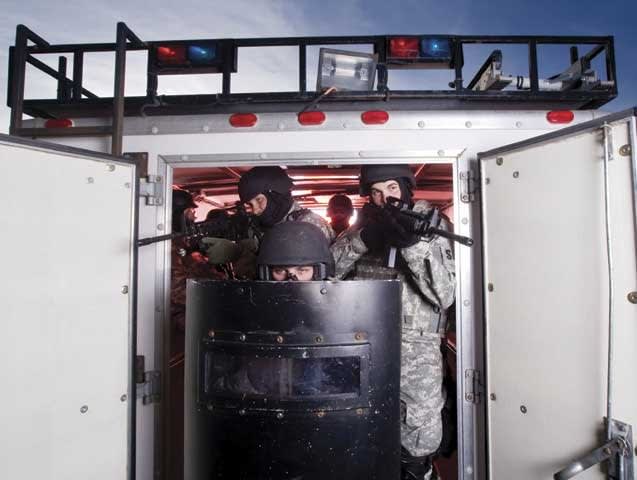Very little has been written about SWAT, beyond the news reporting of SWAT incidents. Until 1997 when Peter Kraska released his controversial, critical report: "Militarizing American Police: The Rise and Normalization of Paramilitary Units."
The NTOA responded to this critique by developing its "Suggested SWAT Best Practices," released around 2001. The "best practices" were not intended as standards, but recommended guidelines for improving professionalism within the SWAT community. And some in the community thought this was all we needed.
Then in 2006, Radley Balko released his controversial, critical CATO Institute white paper report: "Overkill: The Rise of Paramilitary Police Raids in America." As the title indicates, Balko focuses on what he calls "botched raids" by SWAT.
Balko's report was answered in 2007 by Dr. David Klinger, a University of Missouri-St. Louis professor and former officer. In contrast to Kraska and Balko, the goals of Klinger's study, "A Multi-Method Study of Police Special Weapons and Tactics Teams in the United States," were to study SWAT team structure, how SWAT prepares for operations, and SWAT use of force. He found that SWAT is less likely to shoot during critical incidents than non-SWAT officers.
The deadly 9/11 terror attack created the Department of Homeland Security (DHS) to prevent and respond to future terror attacks on America. If 9/11 served as a wake-up call for America, the devastating 2005 Hurricane Katrina, and the unprecedented influx of numerous law enforcement agencies from across the U.S. into the area, proved the need for law enforcement to standardize response in a number of areas, including SWAT.












